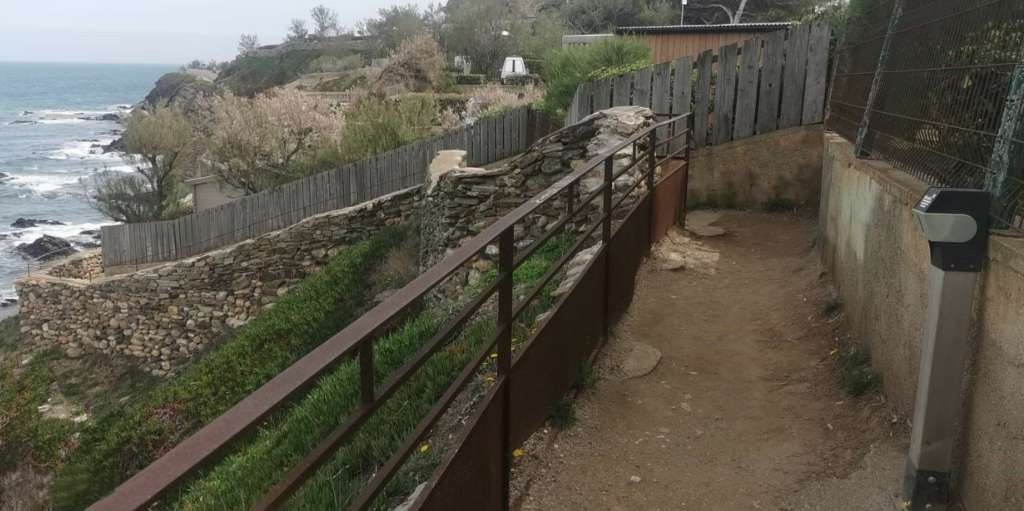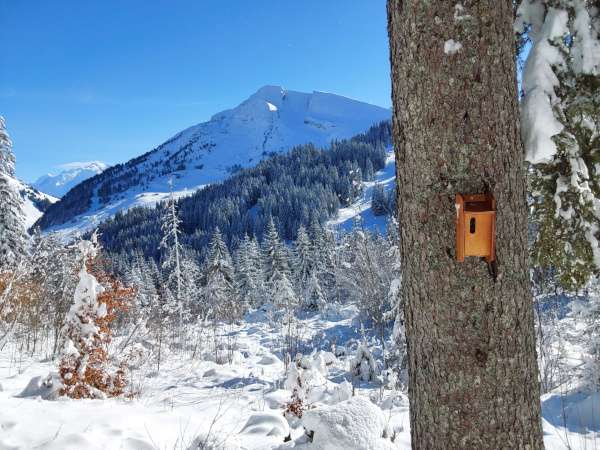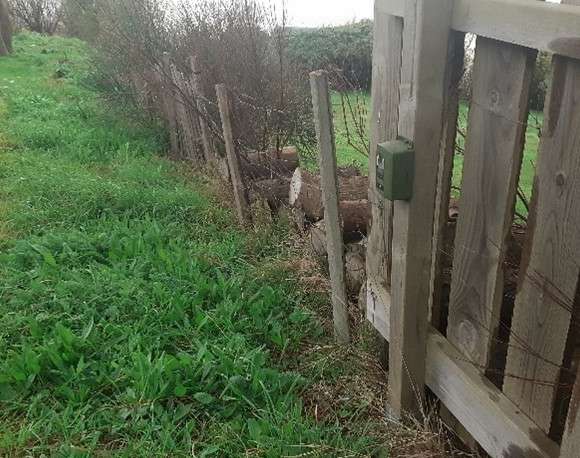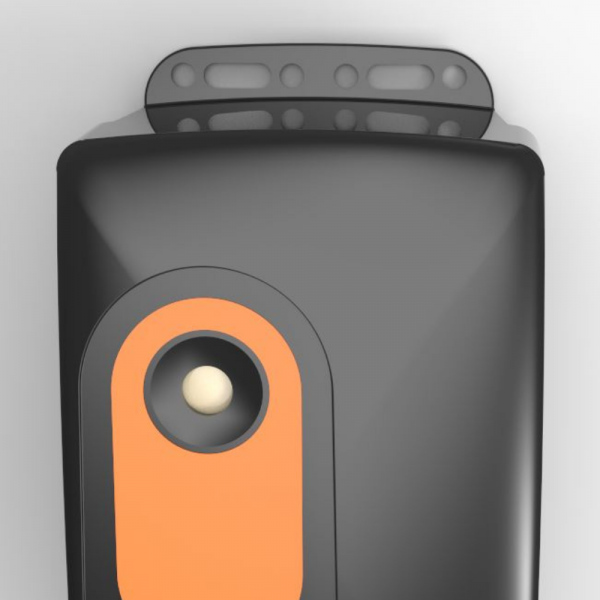People
Counting people in outdoor environments
Counting people outdoors represents a specific and essential approach to the management of urban areas and natural sites. Compared with indoor counts, outdoor counting methods often face additional challenges.
Firstly, outdoor environments can be much larger and more varied than indoor spaces, requiring the use of different metering techniques adapted to each context. In addition, access to a power supply is rarely possible, so the use of an autonomous energy meter is often essential.
Secondly, weather conditions can also influence the results of outdoor people counts. Seasonal variations, bad weather and unforeseen meteorological events can cause significant fluctuations in people's movements, which must be taken into account when analyzing the data. The counter must be waterproof and maintain its accuracy during weather events to avoid any bias in the analyses.

In addition, the solution must be discreet: even if a simple meter collects no personal data, some people may be reluctant to be counted when they walk along a path, fearing an intrusion into their privacy or unwanted surveillance.
Finally, the solution needs to be connected to enable rapid intervention in the event of a malfunction, and to enable continuous data analysis without having to visit the site.
Despite these challenges, outdoor people counts offer a wealth of valuable information for managers of natural sites, parks and gardens, and local authorities. They enable a better understanding of usage, identify congested or under-used areas, and effectively plan the development of public spaces.




